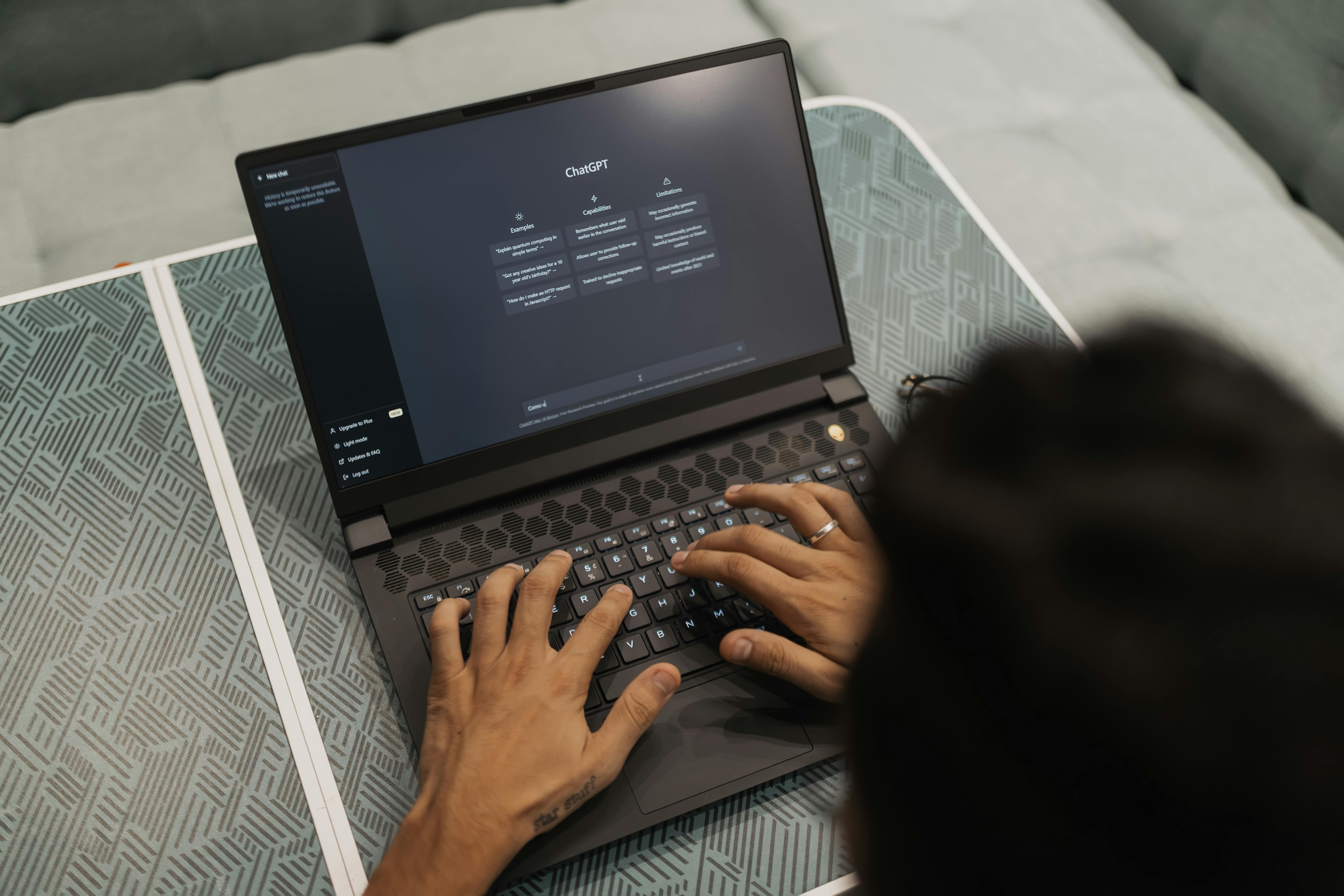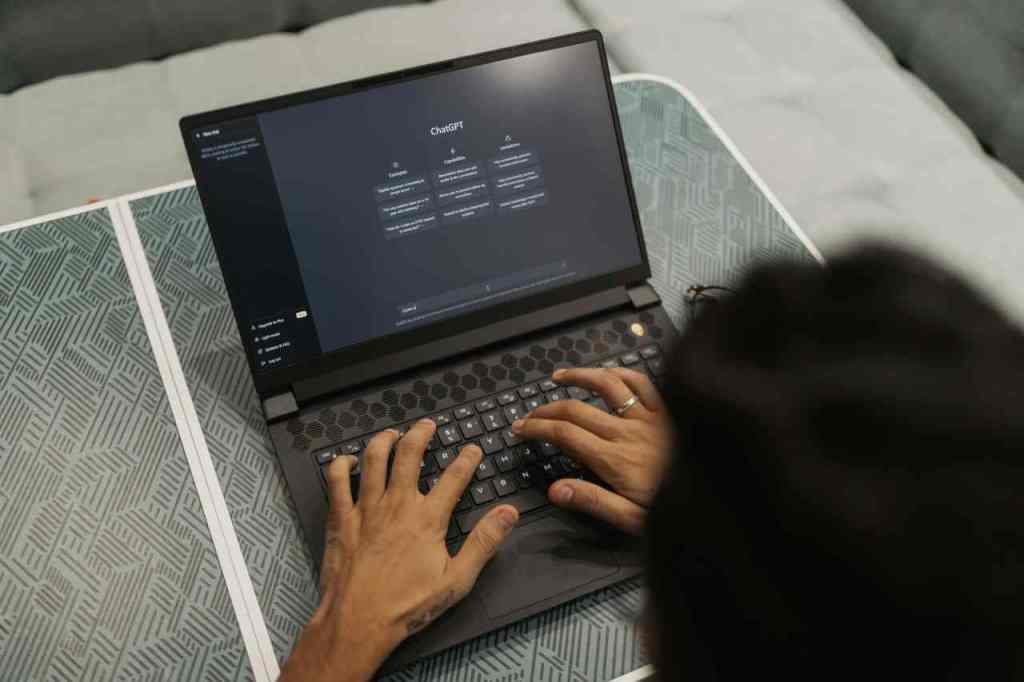
The Evolving Relationship Between Humans and Artificial Intelligence
The introduction of features like ChatGPT Pulse marks a pivotal moment in the ongoing evolution of the relationship between humans and artificial intelligence. We are moving past the era of AI as a mere tool or a digital assistant that passively waits for commands. Instead, we are entering a phase characterized by a more collaborative partnership, where AI anticipates needs and works in concert with human capabilities.
From Tool to Partner: The Collaborative Future
Historically, we’ve viewed AI as a sophisticated hammer – a powerful tool designed to perform specific tasks when instructed. Think of early chatbots or even current-generation AI models that require detailed prompts to generate output. The proactive AI paradigm shifts this perspective dramatically. It signals AI’s transition from a passive responder to an active collaborator. In this new dynamic, AI takes on a more integrated role. It doesn’t just wait for you to ask; it observes your workflow, learns your preferences, and anticipates potential needs. For example, imagine you’re working on a complex report. A proactive AI might notice you’re referencing a particular dataset and automatically pull up related research papers or relevant statistics it knows you’ve accessed before, presenting them without being asked. This isn’t just assistance; it’s a form of intelligent partnership. This transition encourages a redefinition of what it means to be productive, informed, and assisted in the digital age. As AI continues to advance in its capacity for understanding context, learning user preferences, and acting autonomously, the human-AI relationship is poised to become even more symbiotic, deeply embedding intelligent systems into the very fabric of our daily existence.
Redefining Human Skills in an AI-Augmented World. Find out more about ChatGPT Pulse for daily productivity.
As AI takes on more responsibilities, especially in information processing and routine tasks, the skills that define human value in the workplace are also evolving. While AI can crunch numbers, synthesize data, and automate processes at incredible speeds, it cannot replicate uniquely human attributes like critical thinking, emotional intelligence, creativity, and complex ethical reasoning. In this new landscape, the ability to effectively collaborate with AI becomes a key skill. This involves understanding AI’s capabilities and limitations, knowing how to prompt and guide it, and critically evaluating its outputs. Furthermore, human roles will increasingly focus on strategic oversight, nuanced judgment, and interpersonal interactions – areas where human intuition and empathy remain indispensable. For instance, a doctor using AI for diagnostic support still needs to apply their medical expertise, patient empathy, and ethical judgment to make the final treatment decision. The focus shifts from performing tasks to orchestrating them, leveraging AI as a powerful amplifier of human potential. Understanding and cultivating these uniquely human skills is paramount for thriving in the AI-augmented era.
Building Trust in Proactive AI
For this collaborative partnership to flourish, trust is the cornerstone. Users need to feel confident that their AI is acting in their best interest, that their data is secure, and that the AI’s recommendations are reliable and unbiased. Building this trust is an ongoing process that involves several key elements: * Transparency: Users should understand, at a high level, how the AI works and why it makes certain recommendations. * Control: Individuals must feel they are in control of the AI, able to customize its behavior, override its suggestions, and manage its access to their data. * Reliability and Accuracy: The AI must consistently provide accurate and helpful information, minimizing errors or nonsensical outputs. * Safety and Security: Robust measures must be in place to protect user data and prevent malicious use of the AI. When these conditions are met, users can move from skepticism to a confident reliance on their AI partners, unlocking a new level of efficiency and effectiveness in their daily lives. This evolving trust is fundamental to realizing the full potential of proactive AI.
Real-World Impacts and Future Horizons
The theoretical implications of proactive AI are already beginning to manifest in tangible ways, shaping industries and individual experiences. As we look ahead from today, September 28, 2025, the trajectory points towards even deeper integration and more transformative applications.
Case Studies: Early Adopters and Innovations. Find out more about Transforming work with proactive AI guide.
Across various sectors, early adopters of proactive AI are demonstrating its power. In **customer service**, AI-powered systems are not just answering FAQs but proactively identifying potential customer issues based on usage patterns or past interactions, reaching out with solutions before a complaint is even filed. This has led to significant improvements in customer satisfaction and loyalty. In **healthcare**, proactive AI is assisting in disease prediction and early detection. By analyzing patient data, wearable device metrics, and genetic information, AI can flag individuals at high risk for certain conditions, enabling timely interventions. For example, systems are being developed to monitor subtle changes in vital signs that could indicate an impending cardiac event, alerting both the patient and medical professionals. The **financial sector** is leveraging proactive AI for personalized financial advice and fraud detection. AI can analyze spending habits, investment portfolios, and market trends to offer tailored recommendations for savings and investment, while also identifying anomalous transactions in real-time, safeguarding assets. Some platforms even proactively alert users to potential tax implications based on their financial activities throughout the year.
What to Watch For Next
The capabilities of proactive AI are rapidly expanding. We can anticipate several key developments in the coming years: * Hyper-Personalization: AI will become even more adept at understanding individual nuances, leading to experiences tailored not just to your role or industry, but to your unique cognitive style and immediate context. * Cross-Platform Integration: Expect AI to seamlessly bridge different applications and devices, offering a unified intelligent experience across your digital ecosystem. For instance, your AI could schedule a meeting, then automatically book travel and accommodation, and even draft an agenda based on the meeting’s objectives and attendees’ known interests. * Advanced Predictive Analytics: AI’s ability to foresee future trends, market shifts, and potential disruptions will become more refined, offering strategic advantages to businesses and individuals alike. * AI-Augmented Creativity: Beyond information synthesis, AI will play a more significant role in the creative process itself, assisting with idea generation, content creation, and even artistic expression in novel ways. The pace of innovation suggests that what seems advanced today will become commonplace tomorrow. Staying informed and adaptable will be key to harnessing these future capabilities.
Conclusion: Embracing the Proactive AI Era. Find out more about AI in information consumption habits tips.
As of September 28, 2025, the proactive AI revolution is not a distant prospect but a present reality that is fundamentally reshaping our daily lives and work. Technologies like ChatGPT Pulse are ushering in an era where AI moves beyond mere assistance to become a true collaborative partner, automating information overload, enhancing productivity, and offering insights we might otherwise miss. We’ve explored how this transformation impacts our workflows, moving us towards higher-level thinking and creative endeavors by offloading routine cognitive tasks. We’ve also grappled with the critical ethical considerations – from safeguarding privacy and maintaining user autonomy to combating bias and ensuring equitable access. The evolving relationship between humans and AI is becoming increasingly symbiotic, demanding a new understanding of trust, collaboration, and the enduring value of human skills.
Key Takeaways:
Actionable Insights:. Find out more about Transforming work with proactive AI definition guide.
The journey into the proactive AI era is one of immense opportunity and significant responsibility. By understanding its potential, navigating its challenges thoughtfully, and adapting our own skills, we can harness this powerful technology to create a more productive, informed, and fulfilling future. How are you preparing to integrate proactive AI into your daily routine? Share your thoughts in the comments below!
